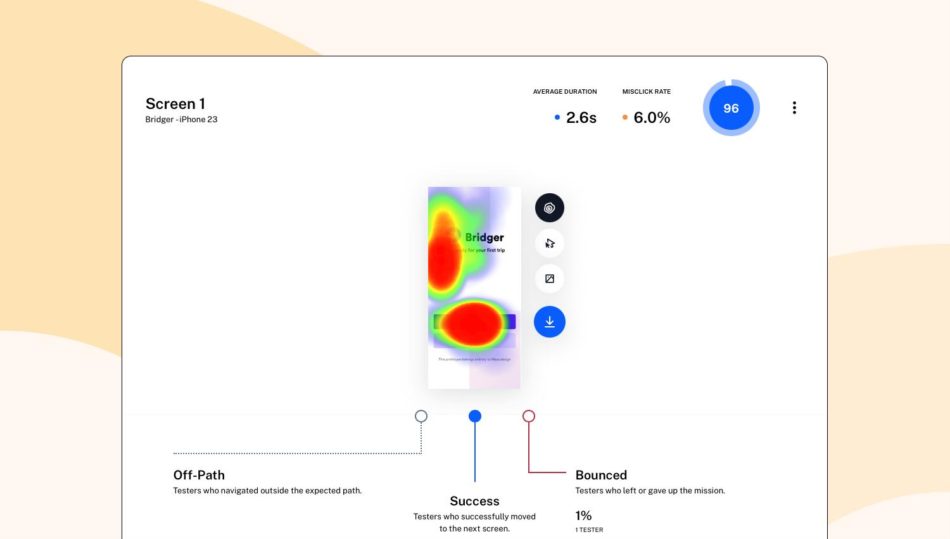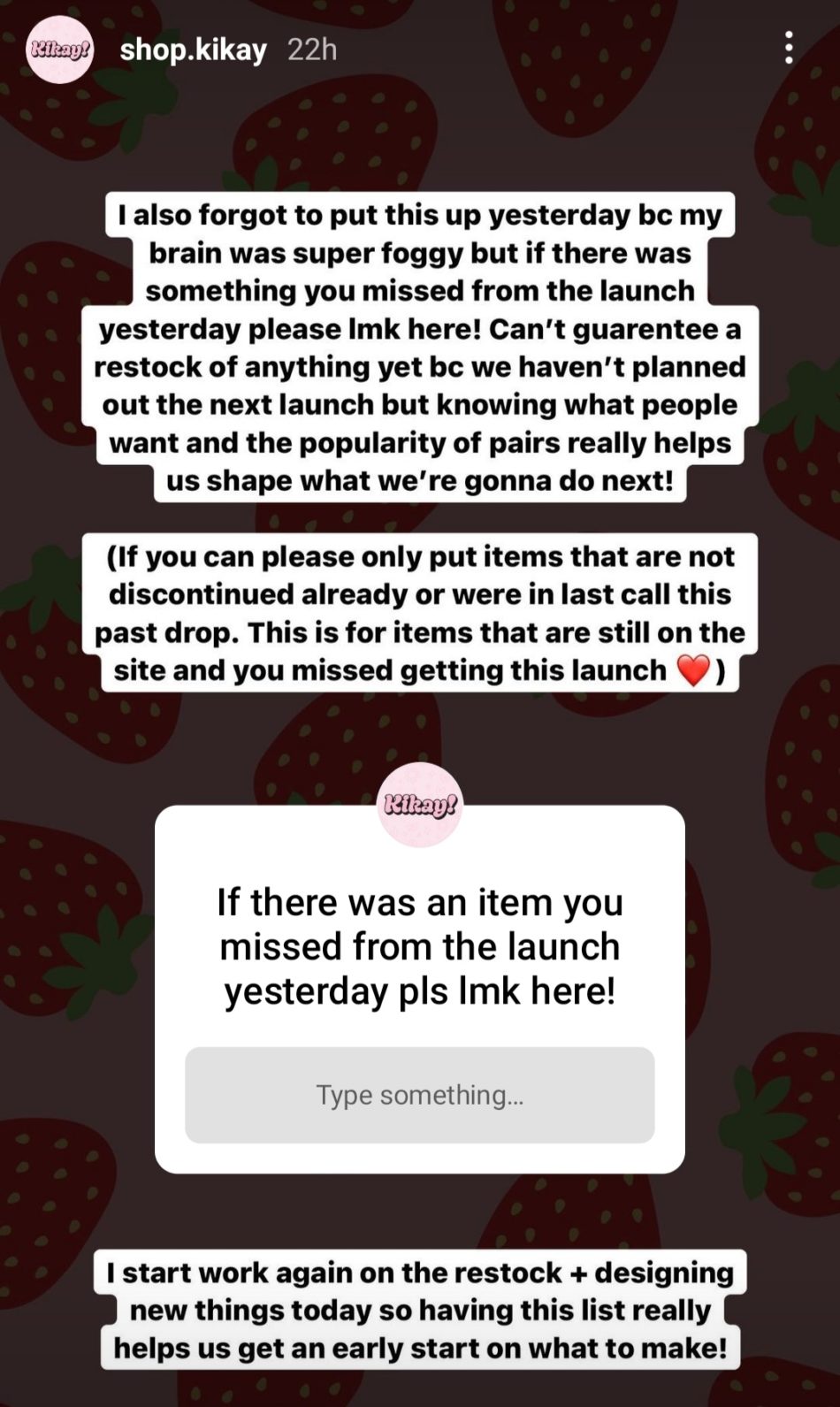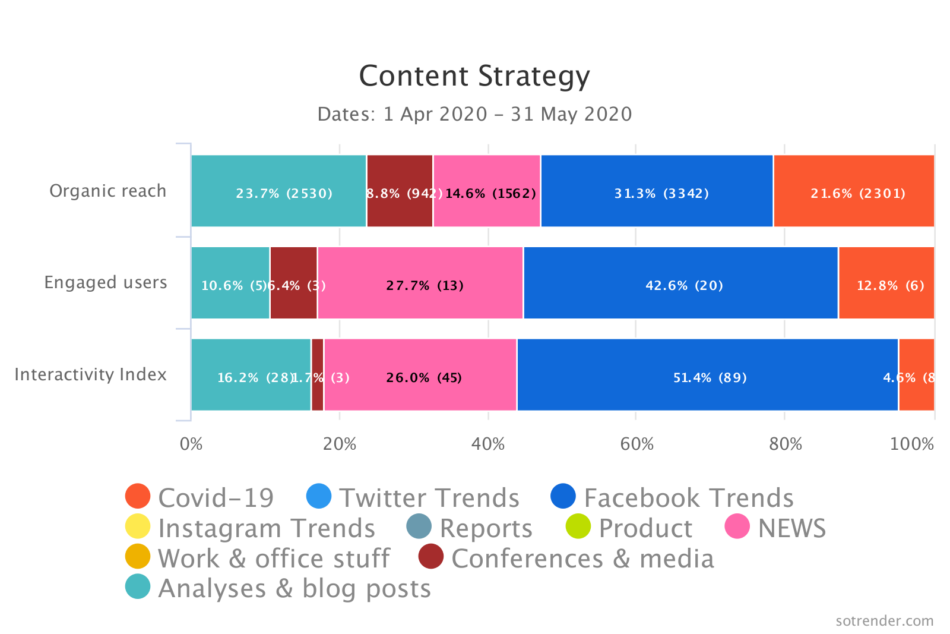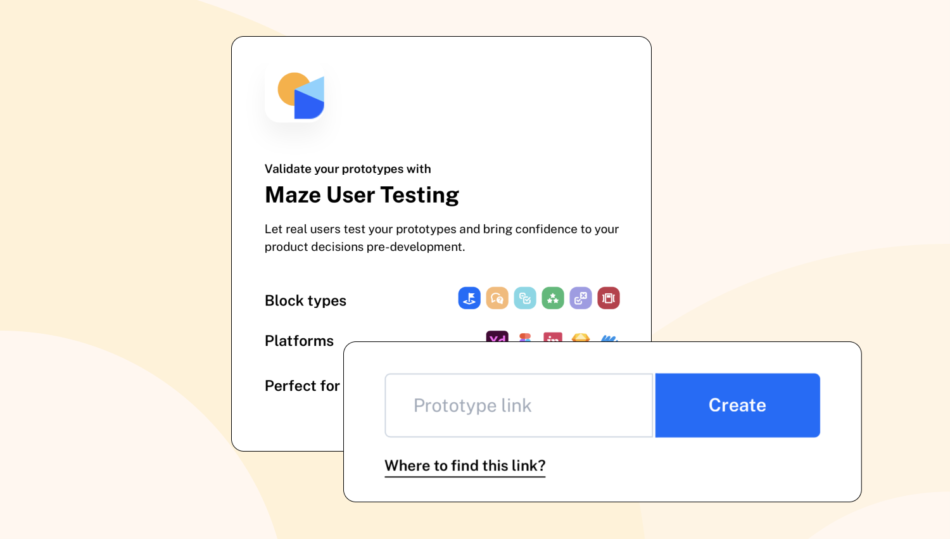Social media has always been a major communication preference between companies and their customers. It is one of the ways customers provide feedback that will help the company improve on their products or tell if they are on track.
Social media goes beyond a means of sharing company updates and engaging with audiences; it has also become a veritable tool for companies to monitor and improve their customers’ digital experiences.
We have found that User Experience (UX) designers can now leverage the power of social media to improve their digital products and create an experience that users will be proud of.
This article will explore the two concepts used in combination and show you how you can make this work for your products too. Keep reading to find out more.
What is UX and why is it important for your business?
User experience is the way a user interacts with your digital product and the type of relationship they build with the product as they proceed. Usually, user experience can be good or bad.
With only 8 seconds to impress your users or visitors, providing a good user experience will make it more likely that your users come back regularly to use your product. They found the experience while on your app or website impressive, and relevant for the purpose they need it for. They didn’t experience hitches and they related well with the user experience design. A bad user experience, however, spells doom for the business and the digital product.
Research by Gartner shows a $300,000 loss of revenue per hour, for every time there is a product downtime. It is so important that your user has a good user experience because, otherwise, 77% of online users may never return to using your product again.
Imagine using a website or app that keeps lagging, pages load slowly, texts are not optimized for your device or the visual elements are lopsided. It is likely that you may not return to that website.
If it were a shopping website, that may possibly be the last time you visit it. This means the business has lost you as a customer. It is the same with the UX of your digital product.
Your customers and clients will only like to engage with your product or business if your UX is smooth because slow-loading websites cost their owners $2.6 billion in losses each year.
What is the importance of Social Media for UX?
Prior to this time, companies only engaged with social media to gather a large audience, spread the word about their business fast and convert leads. But as we have rightly said, social media carries great importance for user experience.
Here are some of them below:
1. Social media is the first interaction a brand has with clients
In today’s digital world, one of the first points of contact people have with brands is their social media channels. By interacting and engaging with these channels, they are able to find out more about the business and what it has to offer.
This is why the first impression you create matters a lot. From branding to content, to interactions and engagements, you are creating a user experience for your prospective customers. If it is a good one, they are likely to move forward with your business offerings.
Consistent businesses that add value to the customer are some of the most preferred types of businesses that people relate with on Social media.
2. Combining social media with the right channels improves the brand’s image
Another factor that helps to enhance user experience with your business, is when you use your social media as a networking tool.
Linking your various social media to different customer interaction mediums such as your website, sales channels, customer representative channels helps to ease their UX.
When clients are able to easily navigate their way around your business through your social media links, they are better satisfied. Satisfied customers are more likely to stay loyal to your business, refer you to their friends, and advertise your business.
3. Social media helps to optimise customers shopping experience
If you run an e-commerce business, linking your social media to your website helps to ease your customers’ shopping experience. Websites like Shopify allow your customers to shop for items right from your social media page.
This not only shortens the customer journey but also helps to improve conversion since everything is at the customers’ fingertips. One-click interactions from your social media pages make it easy and relevant, and so more people will prefer that option for shopping.
4. Social media is a veritable tool for user experience research
One of the best ways to improve your user experience is to conduct user experience research to help you eliminate guesswork and doubt.
Want to know how well your products or services are doing on the market? Want to find out how your products meet your customers’ needs? User experience research is the best way to find that out.
There are various UX research methods, but social media is one that many people do not often employ. It is one of the best UX testing channels that provide honest feedback. If you look closely, you will find out there’s a lot that your users are saying about their experience with your product.
Find out how to conduct this research below.
How social media can help you conduct UX discovery research
Whether you are conducting UX research for your digital product or simply how you run your services, it is an important step that must be taken in any design process or market strategy.
It entails carrying out research where you collect relevant data and analyse it to improve the usability and efficiency of your product or business.
UX research helps to make understanding your market/audience easier. It helps to know how you can serve them better and how you can improve on your offerings to ease their pain points.
With social media, you can identify specific experiences that people have with using your products. You can receive actionable feedback, respond to it, and acknowledge the feedback.
Additionally, you can add value to your followers or prospective clients which in turn promotes the brand, improving their user experience. It helps them trust you and recognize you as a customer-centric brand.
Four simple steps to help you conduct a perfect social media UX testing
As part of your user experience research, you can also conduct user experience testing on your social media followers. Here’s how to do so:
1. Identify the relevant hashtags and user accounts for your test
To generate enough quality feedback on your posts, you have to ensure that many people can see your post. This is where you need to set up a hashtag or use an existing one that can pull a crowd.
You can even get more members to join the test by adding a hashtag to the UX test on their page to increase visibility. It also helps more people to find the test with ease and also follow the trend.
Search for hashtags that are closely related to what you are working on, if you have a large following, you can create your and cause it to trend. You can also identify public personas and tag them to increase awareness.
2. Use the company’s most effective social media channels
To get the word out about your UX testing quickly, you need to select the social media channels where your brand has the most influence. Also, use the one that is most ideal for the type of audience you are working with.
There are handy tools like Sotrender that can help you identify what type of content performs best on which social media channel. This will help you use the most appropriate one for your user testing campaign.
Align your tone to the selected social media so that you come off in the appropriate brand personality. Use social media metrics to identify the best app suitable for your UX testing campaign and use it.
3. Share the URL for the test
Wherever you create your user experience testing doesn’t matter but ensure that it provides you with a shareable link that allows you to spread the word faster. User testing tools like Maze allows you to create shareable links for social media when you create a Maze user testing project.
Ensure that your social media post announcing the user experience test is interesting and engaging. Then, share the URL for the test in your bio or as a tweet. Make it easy for your followers to locate the link so that they can access it without stress.
Interesting social media posts will generate more engagement who will in turn review your test.
4. Analyze the data
After the period for collecting information is over, you can break it down into bite-sized chunks that will help you dissect and extract the customers’ pain points. User experience research tools like Maze, will help you with your data and use the information gathered to make the most of your tests.
With Maze, you can create tests in minutes and get answers from real, live users.
You can also build and share different types of tests for different projects. Analyzing the data you have gathered will give you accurate insights about the user experiences being tested or the research for business improvement.
Conclusion
User experience is not yet complete if you have not yet gotten quality feedback from your social media audience about your services and offerings.
Social media works hand in hand with UX because it provides consistent and honest feedback that you can use to improve your business. It is easy to access and brings other benefits like confidence, brand improvement, follower interactions and lots more.
Sync your social media marketing and UX research together to produce the best results for your organization.









